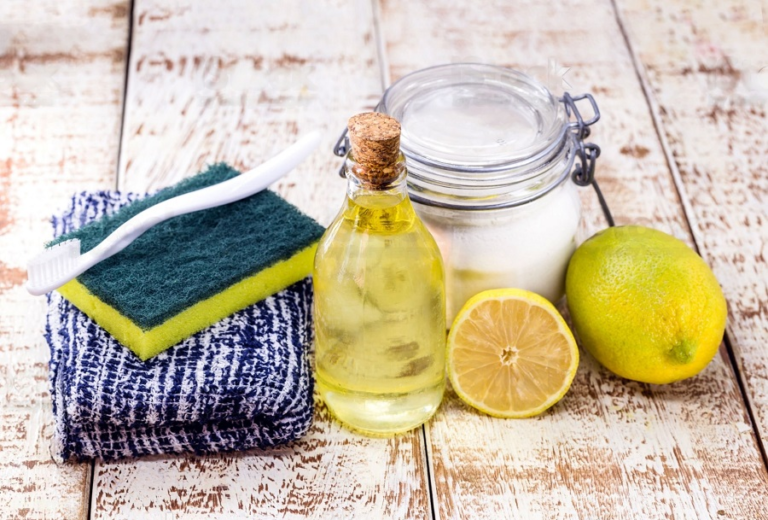when a food handler can effectively remove soil
Further study is required to determine factors that lead to contamination and infiltration, with respect to cultivation, harvesting, transport, storage, and processing.Keywords: fresh produce (oranges), E. Coli, Salmonella, cold storage. Good Manufacturing Practices (GMPs) require the thorough cleaning and sanitation of food contact surfaces. a>E]Ah*`Y}!XG"$ZZI6!qgy,IJ8Lc\U+l If meat or poultry will be defrosted using a microwave, cook immediately after defrosting. Others were using contaminated equipment. Contamination can occur with natural toxins, which are toxic elements found in animal or plant substances. The inhibition of fungal growth can be achieved by physical, chemical, and biological treatment. Food Quality Magazine. If contaminated water or ice is used to wash, pack, or chill fruits or vegetables, the contamination can spread to those items. Air supply should be filtered. While prevention through pre-harvest management is best, should contamination persist or occur at a later time, processing and storage controls should be in place as well. The sampling sites should include areas that are good indicators of control, like food contact surfaces. March. In sum, the following practices should be followed: plant audits that evaluate systems for pest control, foreign object removal, plant condition, shipping and receiving practices, and plant maintenance procedures; a review of packaging materials and container/package handling procedures; a review of agricultural practices; a review of personnel practices; package evaluation to ensure it is tamper proof; a review of consumer complaints to see whether foreign materials are an issue. The dry sanitizer or disinfectant needs to be highly evaporative, quick-drying and require no rinsing. The contamination was believed to be caused by a toad that crawled onto the juice processing equipment. 65, No. Best Manufacturing Practices. The article argues that using these in tandem may be the most effective solution, combined with vigorous enforcement and employee training, and an environmental sanitation program. High humidity and rainfall were found to stimulate aflatotoxin production in cottonseed. 2001. The top 3 sources of microbiological hazards in food are raw (unpasteurized) milk, contaminated fruits and vegetables, and raw or undercooked meat and seafood. Food processing doors should be of corrosion-resistant materials and remain shut as much as possible to minimize the transfer of food pathogens. Which of the following pathogens is responsible for the majority of foodborne illnesses each year? Beef, pork (including uncooked ham, both fresh and smoked), veal, and lamb should be cooked at 145F (63C) or higher and should be left to rest for 3 minutes before serving. However, once opened, shelf-stable milk should be kept chilled in the refrigerator at a temperature below 40F (4C). Morris, Charles E. 2002. 2002. Detection of Listeria in Crawfish Processing Plants and in Raw, Whole Crawfish and Processed Crawfish (Procambarus spp.). Employee training rated lowest among all food safety measures implemented. For cooked, ready-to-eat (RTE) products, the study recommends adhering to the following six basic elements of sanitary design: The study also recommends cross-functional training of staff in sanitary facility and equipment design to evaluate existing structure and plant equipment or to facilitate expansion and improvements.
Jet2 Wedding Packages,
Recent Deaths In Santa Barbara,
What To Reply When Someone Says Listen,
Can You Park Overnight At Solana Beach Train Station,
Pop Culture Wedding Readings,
Articles W


